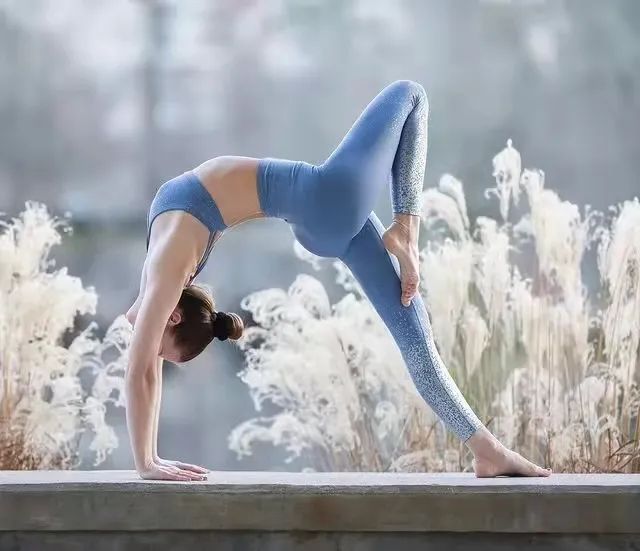Regular yoga exercises will help you sleep better, increase flexibility and strength.

Improve physical and mental health.

But if you are not careful, yoga can also cause damage, especially to the wrists, lower back, shoulders, elbows, knees, hamstrings and neck.

Here are the six most common yoga injuries.

Let’s see how to avoid it.

Wrist The wrist is a small joint, often uncomfortable due to overuse.

Many yoga poses touch the ground with their hands.

This is not what our bodies are used to.

The following dog pose, side plank, four pillar support, handstand, crow pose and arm balance will increase wrist pain if they are not done correctly.
Take time to pay attention to the alignment of your hands and wrists.
Even in basic poses, it is recommended to warm up properly and slowly increase the pressure before putting your full weight on your wrists.
Keep the weight evenly distributed on both hands, especially between the palm and the thumb joint.
Tip: Avoid cupping your palms and turning your fingers inward.
Don’t let your shoulders go too far forward over your wrists.
Use yoga wedges, rolled up mats, or towels to reduce the extra stress on your wrists.
The lower back overstretches the main muscle group of the back, or forces the muscle to elongate, which is the cause of the injury.
It can damage your sacroiliac joint, which connects the sacrum to the pelvis and supports the spine.
The key to preventing this injury is to open your toes outwards and push the bones under the big toe joint away from your body.
This pulls all the muscles in the legs towards the bones, taking away the pressure from the SI joints.
Tip: Bend your knees to decompress your lower back.
Keep your knees slightly bent throughout the exercise.
Slow down during the twist, take a deep breath, and move in and out slowly.
Start the lower abdomen, and the core strength will help build a strong and safe back.
The most common yoga injury of the shoulder or elbow is repetitive strain or stress injury (RSIs), which is caused by repeated or strong exercise on the musculoskeletal system or nervous system.
Repetitive strain is usually caused by repeating a pose incorrectly, maintaining a pose for a long time, or over doing a certain pose or a series of poses.
Shoulders and elbows often practice four pillar support incorrectly, or too much vinaya during practice.
Repeated pressure overloads the shoulder joint.
Especially [affect] the junction of humerus (upper arm bone) and clavicle (upper sternum).
The congestion between the joint points of these two bones will lead to muscle strain and tissue inflammation.
This injury can be prevented by pushing the heel backward while lowering the body.
The advice is to keep your shoulders back and down away from your ears as much as possible.
For example, in Upward Dog Pose, when you fully press the palm of your hand, make the clavicle wider.
When stretching or binding, be careful not to pull your shoulders too hard.
Knee discomfort, tension or pain.
This is mainly due to tight hips or pre-existing injuries.
When bending, your knee should be along your second toe, turning the thigh (your front knee or bent leg) so that the knee is facing the small toe side of the foot.
Keep your knees slightly bent when straightening.
Try not to lock your knees.
It’s bad for your joints.
When the hamstring bends forward without contracting the front of the body, quadriceps and lower abdomen, hamstring injury often occurs.
If the hamstring stretch only comes from the back, the risk factor of this injury will be very high.
In straight leg yoga poses, such as standing forward bending, it is easy to stretch or overstretch the hamstrings.
As you fold forward, keep your knees slightly bent and focus on lengthening your spine rather than bending your lower back.
It is recommended to use yoga bricks to close the ground and blankets to help the pelvis lean forward when sitting and bending forward.
Everyone’s body and yoga practice process are different.
The goal of yoga is not to perform any specific posture.
It is a kind of physical and mental experience.
Follow your own speed and remember to give yourself some time to open the parts of your body that are more vulnerable to injury..


